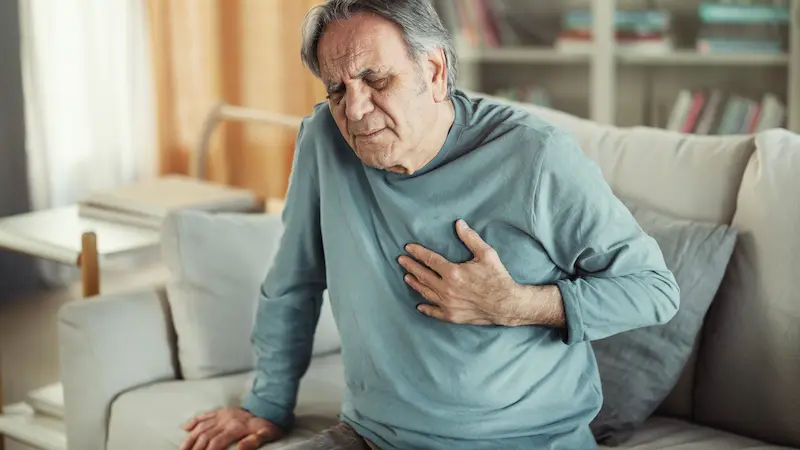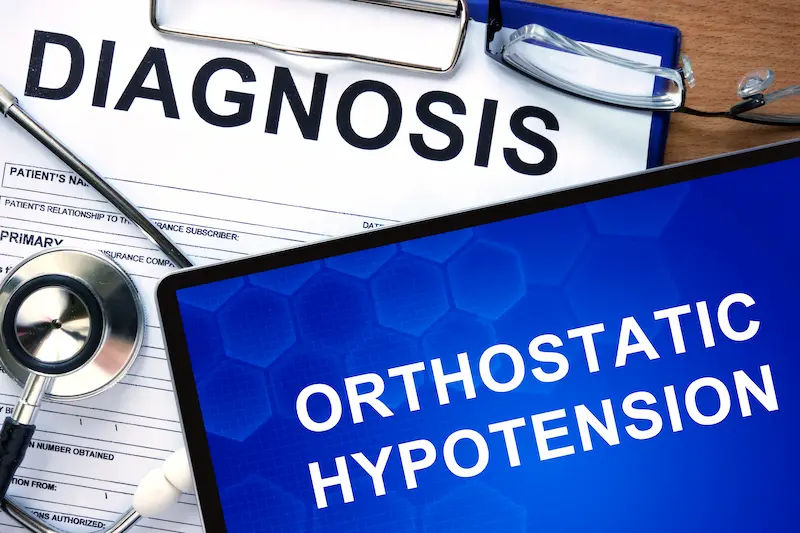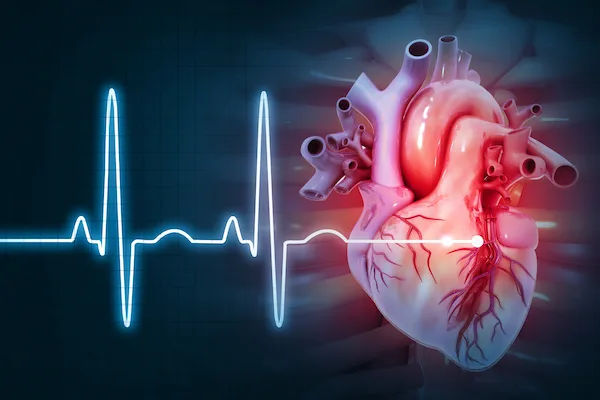- male
- 30 Years
- 22/01/2025
I recently recovered from COVID and it's been about 20 days since my first symptoms with all my reports coming back negative. I'm only dealing with some post-COVID weakness now. I've noticed that when I'm resting, my heartbeat is typically between 60 and 80 bpm, and sitting it's around 75 to 90 bpm. But when I climb stairs, it jumps to about 145 to 150, and while walking, it's around 125 to 130. Is this normal after recovering from COVID because of the weakness I have? I had an ECG and a TMT last month as part of a regular check-up before COVID, and the TMT was normal even when my heartbeat reached 196. Everything was fine back then. Should I be concerned now?
Answered by 1 Apollo Doctors
Your increased heart rate while climbing stairs (145-150) and walking (125-130) after recovering from COVID-19 can be attributed to post-COVID-19 fatigue, dehydration, and reduced cardiovascular endurance, but given your recent normal ECG and TMT results, it's likely a temporary condition; however, to alleviate concerns, consider consulting your doctor or a cardiologist for a follow-up evaluation, and in the meantime, stay hydrated, gradually increase physical activity, and monitor your heart rate and overall health.
Dr. Anshul Suggests...
Consult a Cardiologist
Answered 04/07/2025
0
0

More Cardiology Health Queries
View allI'm really worried about heart health. Could you tell me what tests are usually done to find heart disease? And what are the early signs of a heart attack I should watch out for? Also, what can I do to prevent a heart attack from happening in the first place?
To detect heart disease in the body, tests such as Electrocardiogram (ECG), Echocardiogram, Stress test, Cardiac catheterization, and CT scan may be done. Symptoms of a heart attack may include chest pain or discomfort, upper body pain, shortness of breath, nausea, lightheadedness, and cold sweats. To prevent a heart attack, it is important to maintain a healthy lifestyle by exercising regularly, eating a balanced diet low in saturated fats, managing stress, avoiding smoking, and controlling conditions like high blood pressure and diabetes.
Answered by 1 Apollo Doctors
I've had this chest pain for about three days now. I did an ECG and the doctor wrote 'TWNL' on it. Does that mean everything's normal? Also, I've attached my troponin T test report and need to know if it looks okay. Should I be worried about a heart problem? Can you take a look at my report, please?
The term "TWNL" in your ECG report stands for "T wave normal limit", indicating that the T wave on your ECG is within normal limits. Elevated levels of troponin T in the blood can indicate damage to the heart muscle, such as in the case of a heart attack. It is important to know the specific value of your troponin T levels to determine if they are within normal range. For chest pain lasting 3 days and concerning ECG findings, it is recommended to follow up with your healthcare provider for a thorough evaluation and appropriate management.
Answered by 1 Apollo Doctors
I've been dealing with high blood pressure around 175110 and usually manage it with Amlopress AT, but lately, Ive had to take Calcigard 5mg and Lasix 40mg to try and control it. It seems to help for a bit, but then my pressure goes right back up after a few hours. What could be causing this, and is there something else I should be doing or considering? My pulse is around 63 if thats important.
. It seems like your blood pressure is not well controlled with the current medication. I would recommend discussing with your doctor about adjusting your treatment plan. In addition to your current medications, you may benefit from adding a different class of antihypertensive medication such as an ACE inhibitor or a beta-blocker. For example, you can consider adding a medication like Concor 5mg (beta-blocker) or Ramipril 5mg (ACE inhibitor) to help better control your blood pressure. It's important to follow up with your doctor for further evaluation and management.
Answered by 1 Apollo Doctors
Disclaimer: Answers on Apollo 247 are not intended to replace your doctor advice. Always seek help of a professional doctor in case of an medical emergency or ailment.




